Speak to one of our experts now about this offer
Call our India experts on0800 294 9707
Available until 5pm
States & Cities of South India Holidays
Lap up enchanting architecture, leafy landscapes and cosmopolitan culture on a trip to South India.
South India is the perfect off-the-beaten-track alternative to the frenetic cities of the north. The coastal states of Karnataka and Tamil Nadu have rich heritage and serene scenery – the slower pace makes them ideal for first-timers or seasoned travellers looking to dig deeper. Already seen neighbouring Kerala but not done exploring? Combine all three for your fill of beaches and culture.
States & Cities of South India Regions
Our recommendations for the best places to visit in States & Cities of South India
Holidays in States & Cities of South India
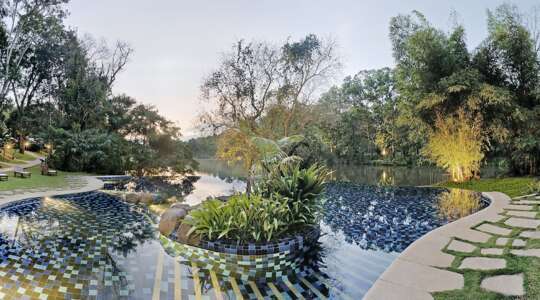
- Bangalore & Karnataka
Evolve Back, Coorg: coffee and spice and all things nice.
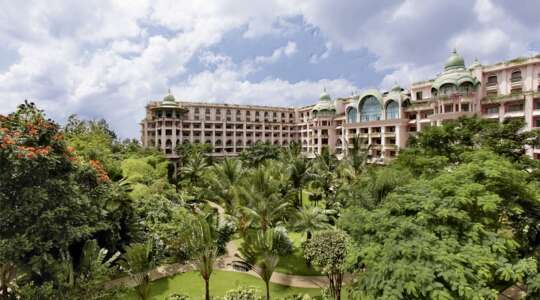
- Bangalore & Karnataka
- 5 Star
An opulent hotel inspired by an Indian landmark, nestled in a luxurious oasis of verdant gardens

- Bangalore & Karnataka
Colonial charm in a sprawling city garden at Taj West End.
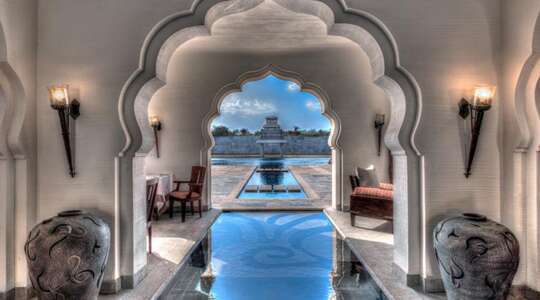
- Bangalore & Karnataka
Just a few kilometres from the ancient city of Hampi, Evolve Back has created a wonderful, serene setting of lavish suites, against a backdrop of lush greenery.
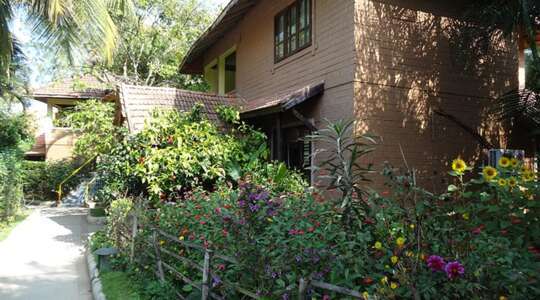
- Bangalore & Karnataka
Hoysala Village Resort is a rural retreat at Hassan in the heart of Karnataka.
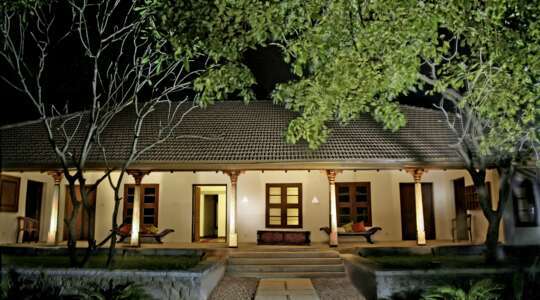
- Chennai & Tamil Nadu
Heritage Madurai is spread over 17 acres of grounds filled with trees which provide shade on the hottest days.
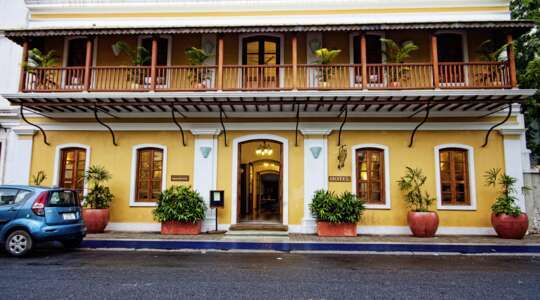
- Chennai & Tamil Nadu
Palais de Mahe is located in the heart of Pondicherry’s French Quarter and just a short stroll to the sea front.

- Chennai & Tamil Nadu
Steeped in history, Taj Coonemara has been serving guests for over 100 years.
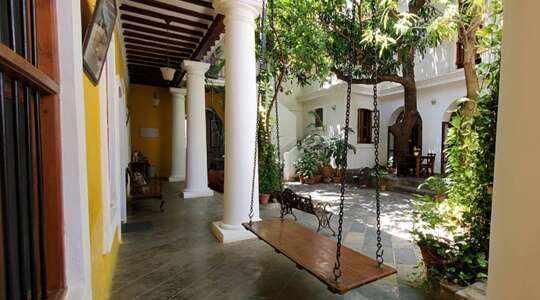
- Chennai & Tamil Nadu
Enjoy a wonderful homestay experience in the heart of Pondicherry’s French enclave, where the owners provide a warm welcome to guests.
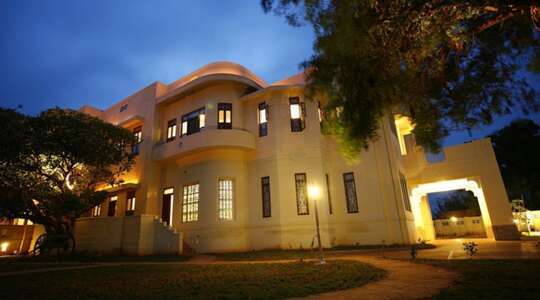
- Chennai & Tamil Nadu
Built in 1939 in Art Deco style by a Chettiar merchant as a wedding present for his daughter, Visalam still has the charm of a family home.
You may also like
Chennai's Koyambedu Vegetable & Flower Market
Rise early for a visit to Chennai’s vibrant and lively Koyambedu fresh vegetable and flower market and experience a riot of colours as the vendors set up for the day. The market is one of the largest of its kind in India, covering the area of three football pitches. You’ll make your way through the three sections – the flower market, fruit market and vegetable market – and discover how hundreds of tonnes of produce are transported here from numerous nearby villages.
Pondicherry's French Quarter Walking Tour
Pondicherry holds so many fascinating secrets that you’d miss if you walked around by yourself. The British conquered a massive part of India, however Pondicherry was ruled by the French, so the whole ambience and culture is completely different. There is the Tamil Quarter as well as the French Quarter, and they’re equally important, so you have to visit both to get a clear picture of this town.
There’s the beautiful French colonial architecture, which has nothing to do with the French architecture in France. On this three-hour walking tour you will be taken along the promenade and shown some of the French houses and explain their unique design. Then you will be taken to the Indian side where it will be explained how they’re built and why, which involves a combination of science, superstition and religion.
The town’s spiritual side is just as eclectic. You will visit its most famous temple, dedicated to Ganesha; visit the renowned ashram; and to a couple of churches. Along with the sights, there’s a lot of storytelling to help people understand something of the ethos of Pondicherry. A stop will be made for a coffee, a South Indian filter coffee made with chicory and coffee and served in a bowl with a small glass. It’s just coffee, so simple, but it brings together the French and Indian influences and is a classic South Indian experience.
In the Footsteps of Rajas & Sultans
When people think of Bangalore, they often think of the modern city it is now, however a walking tour will reveal its fascinating history. In the Footsteps of Rajas and Sultans covers the evolution of Bangalore from when it was founded in medieval times to its capture by the British, a fascinating period of time. Explore the crowded bazaars, stopping at interesting sites including the market and an ancient temple. Along the way, your guide will share some intriguing stories about Bangalore.
The original city started off in 1537 as a mud fort, with a moat around it and a fortified settlement, or pettah, to the north which had different areas for people of a particular location, so there’d be districts of goldsmiths, traders and rice millers. You will weave south along labyrinthine streets that were formed in the 1500s.
The two-and-a-half-kilometre walk ends at what’s left of the stone fort built in the 18th century, which was damaged during the British siege of 1791 and later almost completely demolished. All that’s left is one massive gateway, which is a fitting spot to end because it marks the beginning of a new period in Bangalore’s history: the days of the Raj.
SoBa Walk
You’ll see a side of Bangalore that many people don’t even know exists on the SoBa walk. South Bangalore (SoBa) still holds on to its old-school way of life and this guided walk will take you to the temple where you can soak up the sounds and sights as people pay their respects. Wander through the market to enjoy the fresh smell of the flowers and vegetables as you watch the locals busy buying. Along the way, your guide may introduce you to some of the residents.
When you look at the city, it has four cities within it that tell you its whole story. The oldest part is right in the centre, then there is the colonial part that the British built. Modern high-tech Bangalore is another part of the city, but this tour focusses on South Bangalore – or SoBa as it is known.
Admire the beautiful traditional houses built in the 1940s and 1950s, little grocery shops where the customers still bargain for what they want and men and women dressed in traditional attire. Beyond the sights, your guide will also explain about the local culture and the history of the local language, Kannada. This tour provides guests with an authentic sense of what it means to be a Bangalorean, of the relaxed rhythm of every day and of a way of life that’s fast vanishing. SoBa is not modern Bangalore it’s a little time capsule.
Vineyard Visit & Lunch with Local Wine Aficionados
People are often surprised to discover that wine is made in India so a visit to a vineyard on the outskirts of Bangalore is well-worth it. The winery is in a peaceful and beautiful setting at the foot of the Nandi Hills, where Tipu Sultan once had his summer retreat.
Kanwal Grover ‘the father of Indian viticulture’ and Georges Vesselle planted the first French varieties of grapes here in 1988, experimenting to see which of 33 different types would work best in the climate and soil.
The sight of rows of vines stretching away into the distance is magical. Some visitors appreciate the scenery as much as the New World wines. As you walk around the different parts of the winery, your guide will explain the processes involved in creating a finished bottle of red, white, rosé and sparkling wine. You will go on a journey from sorting and crushing the grapes to labelling and packaging. In the barrel room you can see where some of the more expensive wines are aged in oak barrels. Finally, under the guidance of a professional sommelier, you will get to taste some of the wines you’ve learned about.
Full Day Excursion to Belur & Halebid Temples
Belur and Halebidu’s soapstone temples were built by the Hoysala dynasty who ruled the southern part of India from around 1006 to 1346. They built almost 1500 temples in 950 locations out of which only 80 temples survive today due to various invasions. These are beautiful pieces of architecture and unique in so many ways.
Belur was the first capital of Hoysala before they shifted it to Dorasamudra now famously known as Halebidu. At Belur, the main attraction is the 1st-century Chennakeshava Temple – chena meaning ‘beautiful’ and keshava being one of the 24 forms of Vishnu. It took almost 103 years to complete over three generations.
Most of the Hoysala temples are cleverly designed with a star-shaped platform called jagati at the base. Some of the most intricate artwork of the era is displayed on the outside of the temple including 38 madanikas (female sculptures) fixed at the end of the pillars. Over the years the weather has hardened the soapstone which gives the exterior a smooth, shiny glean. Inside you’ll see the sculptors’ remarkable work down to the finest detail around the navaranga hall with 48 pillars, most of which are carved by lathe. No two pillars are the same and you won’t find any stone left unfinished. You may even see the sculptors’ signatures which was rare because the kings never really credited the artisans.
After a spot of lunch (own expense) travel to Halebidu temple around a 25-minute drive away. Otherwise known as Hoysaleswara, this twin temple dedicated to Shiva was built around five years after Belur. Here you’ll find two huge monolithic bulls as well as very striking and varied artwork of processions, deities and animated stories – all minute carvings. All of this history is embedded into the walls as there were no written scriptures.
Wildlife Encounters in Bandipur
Most visitors to Bandipur have come to spot tigers, as there are more than 170 of them in the reserve, but there’s much more to enjoy including wild elephants, spotted deer and numerous types of birds. The national park is at the edge of the Western Ghats, at the junction of Tamil Nadu, Kerala and Karnataka, so you have different landscapes: the plateau in the north, rolling hills and plains covered in dense forest.
There’s so much wildlife that you’ll always see something – wild elephants, spotted deer and numerous types of birds. As you go deeper and deeper into the forest, you start to feel like you’re in a special place, especially in the early morning when the air is fresh and all you can hear is the birds singing in the trees.
Peacock Trail
The Peacock Trail takes place in Mylapore in the heart of Chennai, a neighbourhood that’s much older than the city itself. When the British arrived, it was a village with pretty houses and ancient temples dating from the time when it was an important port for the Pallava empire, and today it’s a perfect place to show people something of the way of life in the city.
The tour is led by people from different walks of life: writers, artists, musicians, corporate people, bankers, historians, all with a deep interest in the city and a passion to tell its stories, of which there are so many. A lot of them are connected to the Kapaleeswarar Temple, where the trail starts. It’s a very famous temple of Shiva, the Hindu god, and the guides focus on the architecture and tell stories about what happens in the temple.
Afterwards, wander through Mylapore’s tiny lanes, which are lined with small houses that were built almost 500 years ago. Learn about the history of those houses and the patterns drawn on the ground outside them and the evil eye that the owners hang outside. There’s a bazaar, a huge temple tank built on land donated by the Muslim ruler at the time and a house belonging to the family of a Brahmin priest, which has some fascinating features. The tour finishes in the old Portuguese settlement of Sao Tome where there is a beautiful church with some unusual decorations.
Trace the Classical Beats of Bharatanatyam
Bharatanatyam is one of the classical dance forms of India. It thrived in the temples, where it was performed for that place’s particular deity. It was designed as a visual way of communicating stories from sacred Hindu texts so that people who were not educated could understand them. Your guide will explain the various hand gestures used to communicate as students perform for guests.
Today it has become an entertainment, but also used as an art form as a language to reach out to people about modern themes. It takes close to 10 years to become proficient in Bharatanatyam.
The session starts with an explanation of how the art form emerged. The technical aspects are then demonstrated, such as the basic steps and how they’re combined to make a sequence. The end of the session is very interactive, and guests have the chance to show some of the gestures they have learnt. This experience gives people a little gist of what this art form is: where it's coming from, what the basic positions are and other elements such as the music, make-up, and costume.
Creole Cooking Class
The food in Pondicherry is unique, a fusion of French and Tamil traditions that’s very much part of its cultural identity. During this cooking class you will get to learn what Creole food is, what makes it different and how to prepare it. It’s a really hands-on experience.
After an introduction to the story of how Creole cuisine came about, you will talk about the dishes that you’re going to prepare together. A lot of them are based around mutton, such as meatballs cooked with coconut milk, curry leaves or deep-fried chops in chickpea batter flavoured with fennel seeds. If people prefer, vegetarian or chicken options can be prepared.
Start by washing and chopping the vegetables – typically beetroot, potatoes, carrots, onions and tomatoes, plus ginger and garlic – and soaking them in vinegar or turmeric water as a disinfectant. Then start to make the sauces and cook the meat, spices and vegetables and prepare something like a beetroot and egg salad. The last thing that is made is the Rava cake, which is made with semolina. Finally, as you sit and eat all the delicious things you’ve made, there is a chance to ask any final questions to your host.
Kizhur Village Visit
The countryside beyond Pondicherry has so many stories and this tour was created to show guests something of the way of life, the history and the natural beauty. Kizhur is not only authentic, but it’s actually an important place in the story of how Pondicherry got its freedom.
You will start at the Kizhur Monument, which commemorates the signing of an agreement in 1954 to make the territory a part of India instead of a colony of France.
Not far from Kizhur, there’s a huge 60-year-old banyan tree that’s been looked after by the same woman for more than 50 years. Its main claim to fame is that it was one of the locations for The Life of Pi film. You will then head into the village to discover how people go about their daily routines. You will visit the house of someone who still makes pottery in the traditional way and you can try creating something for yourself. Walk through the village and see farmers working in the fields growing tapioca or guavas. Visit a coconut grove to watch how the locals pick the fruit. You can also ride in a bullock cart and watch the cows being milked.
Perhaps the most unusual sight for visitors is the nearby temple, which is called ‘a temple of dolls’. It’s surrounded by brightly coloured statues that people have been putting there for around 100 years when their prayers to Ayyanar, the village deity, come true. It’s quite a unique feeling walking among them as there are around 10,000, some of which are as much as 10 feet tall.
Wake-up Pondi Cycling Tour
Bicycle is a perfect way to explore the heart of Pondicherry as you can go along the smallest and quietest of lanes, see the small details you’d miss from a car or bus and really experience the sights, sounds and smells of the town in the cool of the morning.
During this relaxed guided two-hour ride, you will visit all four heritage districts – the Muslim, Indian, Sri Aurobindo ashram and French quarters. There will be lots of photo stops. Visit Goubert Market, where there are vendors selling everything from fruit and vegetables to flowers and fish. You will also explore Kuruchikuppam village, where the fishermen live. Visit the basilica church and also see the mosque where The Life of Pi was filmed and a Hindu temple dedicated to Ganesh. The main sight in the ashram area is a modernist building created by a Tokyo-based Czech architect.
You will be cycling on vintage cycles as they’re very strong and comfortable that have been beautifully decorated in bright colours so don’t be surprised if the locals stop and take your photo.
Rameshwaram - full day city tour
Although lesser explored by foreign visitors, Rameshwaram, also known as Pamban Island, is one of India’s most beautiful religious sites and one of the four holiest places in the country that a Hindu must visit in his or her lifetime. Until 1918, people could only visit this island via boat but now you can take a train ride on a narrow, hundred-year-old bridge.
On the other side of Rameshwaram, around 40km away, lies Mannar Island in Sri Lanka. The legend goes that Lord Rama, a Hindu deity, built a passage between the two with the help of his army of monkeys in order to rescue his abducted wife, Sita. So around 500 years ago you could walk from India to Sri Lanka. However, a cyclone hit washing away most of the strait leaving behind only a string of coral islands.
Rameshwaram’s principal temple, Ramanathaswamy, was built in dedication to Lord Shiva by the 12th-century Jaffna rulers. Later in the 16th and 17th centuries, the Sethupathi Kings who came from Hampi, made many additions such has the colourful corridors, the longest in all of India’s Hindu temples.
After lunch (own expense) visit Dhanushkodi, on the tip of the island and a real ghost town as no one lives there. Its inhabitants were tragically washed away by the same cyclone that demolished the passage to Sri Lanka with seven-metre-high waves. Today you can see a railway station, a post office and a few shops.
Foodie Tour
Madurai has been inhabited continuously for two or three thousand years, so has a very strong food culture. There are influences from the time of the Pandyas, the Nayaks and the Mughals, which has produced a fascinating mixture of cuisines that you don’t get anywhere else in Tamil Nadu.
Walking through the heart of the city you will get to areas such as Vilakuthoon where there’s a small cart selling paruthi paal – cottonseed milk – which is a sweet, spicy hot drink, a bit like porridge, that you get only in Madurai. Wander through the bazaar to see all the spices that are being sold there and check out some of the local food shops, many of which have been owned by the same family for decades. There’s a particularly quaint one that sells adhirasam, a traditional Tamil sweet that is made for all of our festivals, such as Diwali and Pongal. They serve it hot and crispy right from the stove, so it couldn’t be fresher. One speciality of Madurai is the kari dosa, which is topped with meat and eggs and is super-flavourful. Exploring the city through its food is an enjoyable way to get to know some of its history and some of its places – every street and every corner has a story to tell and there’s often a foodie connection.
Once Upon a Madurai
Once Upon a Madurai takes guests through the by-lanes of old Madurai on foot as the storyteller shares tales about history, mythology and customs. It takes you back 2,000 years to when the gods are said to have walked on Earth, and to the kings who built some of the monuments that you still see today and to Gandhi and his experiences in the city.
The city has a lot of character and life, and your guide will share many stories that will give you an insight into Madurai. You will pass by a shop that sells the different coloured powders that people put on their foreheads and explain why they wear the pottu. You will pass a Jain temple where you will see people going in and out in their traditional clothes. This tour showcases the charm and spirit of Madurai and its people.
Toy Train Ride
A trip on the Nilgiri Mountain Railway offers incredible scenery, impressive engineering and a real sense of nostalgia. Enjoy the different landscapes as the train travels along the winding narrow-gauge track. There’s always something to see on both sides of the line, and you’ve plenty of time to look at it as the train goes so slowly, especially on the steepest section, which is the only rack and pinion track in India.
The railway operates between Mettupalayam and Ooty, climbing from around 330m to 2200m on the way, and you can feel the temperature change as you go along. At the bottom, there are coconut groves, banana plantations and paddy fields where you can see people working. Soon you’re in the forested hills, with steep rock faces, tunnels, deep gorges and lots of bridges – more than 250 on the 46km journey – and if you’re lucky, you might even catch a glimpse of a monkey or peacock. Towards the top, you will start seeing distant tea plantations and vegetable gardens in the valleys below.
There are some lovely old stations on the route that date from when the British built the railway in 1908. The train stops at a few where passengers can get off, have a chai and take pictures of everything from the views to the blue-and-cream-painted carriages and the vintage steam engine.
Cook & Dine with a Local Family
You learn so much about people when you share a meal, and you learn even more if you’ve cooked it together first. On this fascinating tour you will meet your host and start with a trip to the market to buy the ingredients.
You will visit the city’s most famous market, Devaraja, which is very old and full of stalls selling produce from local farms. People enjoy seeing all the goods and learning how to choose what to buy and bargain for it.
You will return to your host’s house to prepare a typical three-course Indian meal, which will probably include local favourites such as tamarind rice, ven pongal – a lentil dish – and some vegetable curries based on what’s in season and a Mysore dosa. It’s not a demonstration; the client is very much involved in the cooking and over four hours you will also get to learn more about city life. Once the food is ready, it is served on banana-leaf plates in the traditional way and you will sit down as a family to eat and talk together. It’s a relaxed, friendly experience leaving you with a true flavour of Mysore.
Musical Retreat
On this tour, you get to meet a classical musician at their home and will experience a private music session with them. You will be introduced to the instruments – a violin and mridangam (double-sided drum) used for the Carnatic style of classical Indian music.
Your host will explain the history of the music and how it’s comprised from elements such as swaras, the important single musical notes and the main soul of the composition. The songs are associated with Hindu mythology and thanking the gods. There’s lot of improvising involved, the words are not written down and each time the musician sings them they’ll be different. Sometimes guests get quite emotional during the performance as music can permeate the barriers of language. There will be time to ask questions, try out the instruments and hum along if you wish.
Mysore Silk Tour
On this tour, you’ll see how Mysore silk is created. Mysore silk is something special, which makes you feel warm in winter and cool in summer, and it’s instantly recognisable. If you go to any Indian wedding, many of the women will be wearing saris made with Mysore silk. It’s exceptionally soft and high quality, with a beautiful drape and sheen that makes every colour look amazingly rich.
The story of how silk came to the city starts with Tipu Sultan in the 18th century, who was so delighted with a gift of silk cloth from China that he set up mulberry farms where silkworms could be raised. This particular factory was established in 1912 by the Maharaja of Mysore, who brought in power looms from Switzerland to revive an industry that was in decline. To show how silk is made from start to finish, you will begin in a village outside the city where the silkworms are raised and the cocoons are collected. It’s a fascinating experience of rural life, where you can see inside the houses, talk to the farmers over coffee, walk through the place where the mulberry trees are grown and learn about something that’s still done in a natural, traditional way.
From here the cocoons are taken to the factory, the next part of the tour. Here they are turned into thread and then cloth, it’s very colourful. The finished fabrics mostly come in plain colours, though patterns are becoming more popular, with a golden border in an intricate design made with zari thread.
Royal Mysore Walk
There are 230 heritage buildings and structures that were created by the maharajas of Mysore, from vast palaces to the clock tower where the tour begins. During this two-hour walk, you will get to see some of the most prominent and decorated buildings.
You will spend time in Devaraja market which is full of life. You will get to see people haggling with the stall holders as cows walk through and the smell of jasmine wafts from the flower stalls. At the corner of the market, you’ll find the family shop of the royal cook who invented the city’s most famous sweet, Mysore pak, which is still run by his descendants. It’s made with gram flour, ghee, sugar and mouth-watering so it’s worth a taste. Another highlight is the Palace with Chamundi Hill in the background. Your guide will explain how it was created and how the different architectural styles including gothic, Georgian, Hindu and Saracenic have been combined.
Yoga Tour
The origins of yoga go back almost 5,000 years, and on this tour, you’ll learn about its history and how the different forms came about, particularly the ashtanga vinyasa style that started in Mysore. But there’s no better way to truly understand yoga than by doing it, which is why an important part of the experience is a one-hour private session with an experienced instructor.
During that time, you will be taught various yoga poses – asanas – and exercises with breathing, at a pace that suits you. You’ll twist and bend and balance in different postures and, even if you’ve never done yoga before, you’ll feel the benefit. Modern life is so full of tension, but if you practice yoga every day for 45 minutes, it will keep you fit mentally as well as physically.
The Biryani Trail
A biryani is a dish consisting of meat and rice cooked in spices and, according to the locals, if you haven’t had a biryani in Hyderabad, you have not had a biryani. Understand why on this insight into one of Hyderabad’s most famous dishes.
The biryani is a testament to the cosmopolitan kitchens of the Nizams. The method of cooking a biryani is different in Hyderabad. On this tour you will be given an explanation of the region’s culinary history including its Persian influences and how the mix of north and southern cooking came together. You will be taken through the markets to see all the local spices and vegetables then for lunch at a family home to show you how biryani is cooked from scratch.
Most Hyderabadis would say that the best biryanis are cooked at home and each variation is unique because everyone has their own way of cooking it. You can eat, traditional style on the floor or at a table if you wish. You’ll also be able to interact with the family, see past photographs and hear stories about their lives. This tour is about the history and the culture of food not just the eating of it, with a story behind every bite.




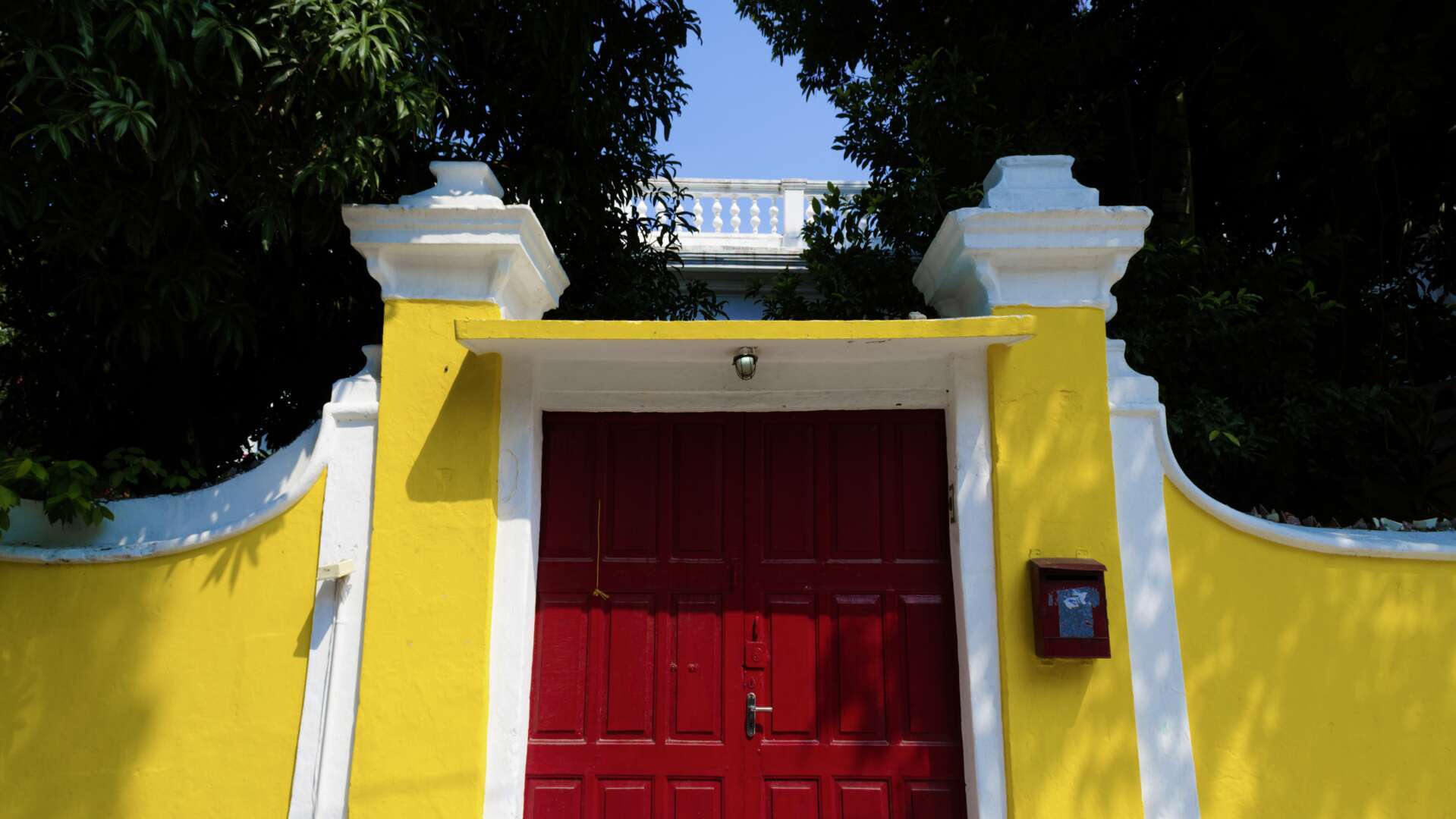
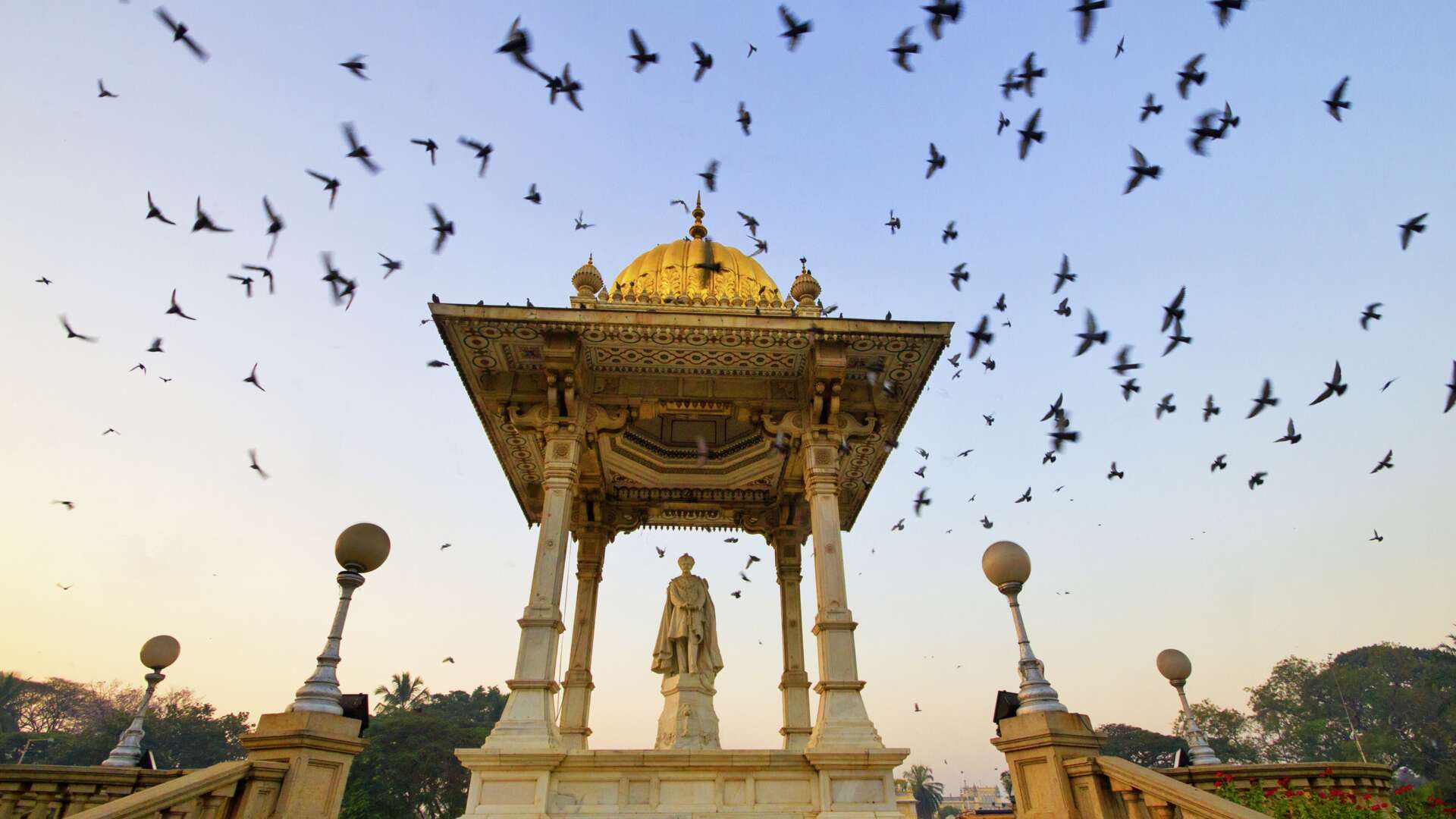
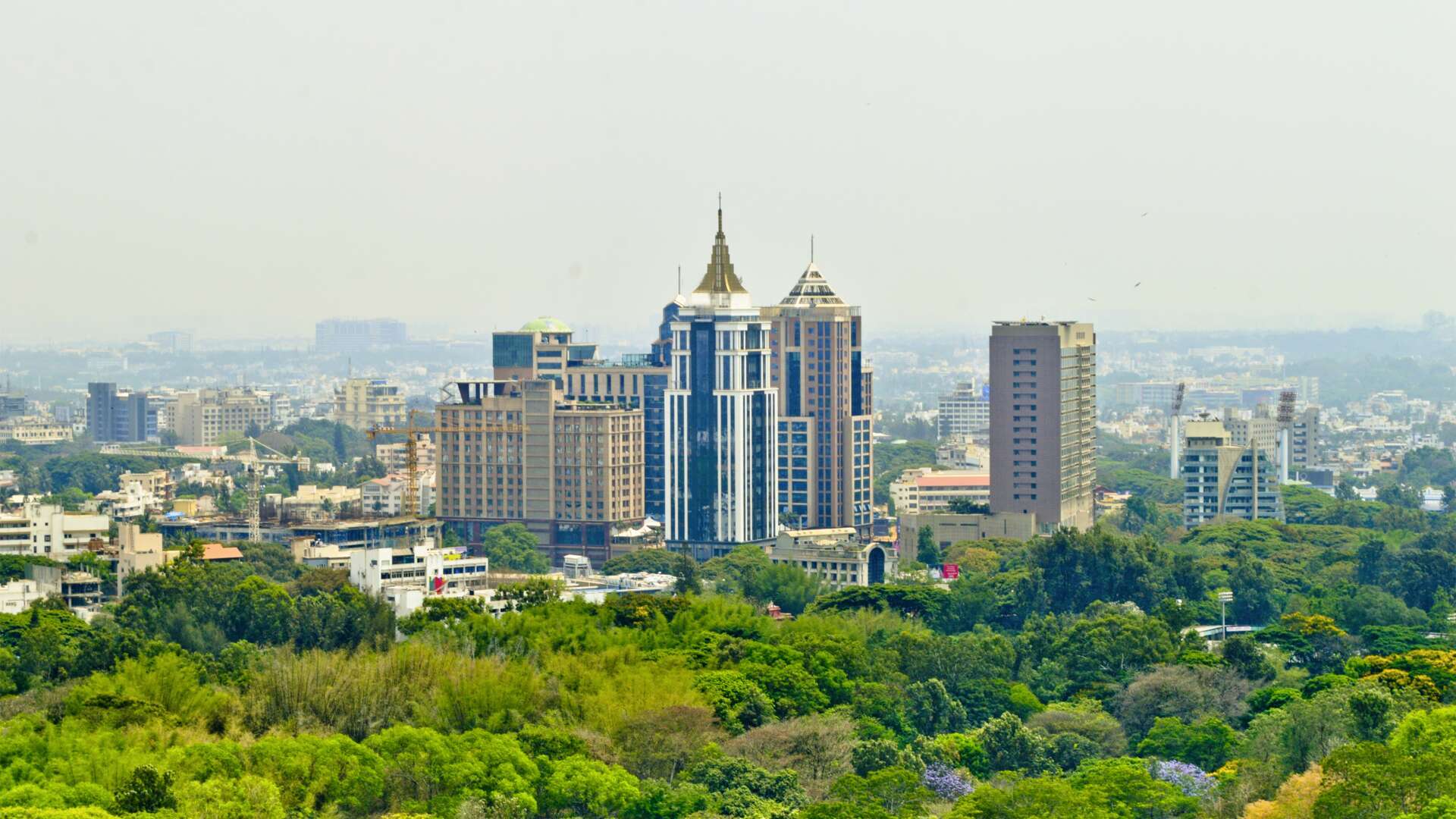
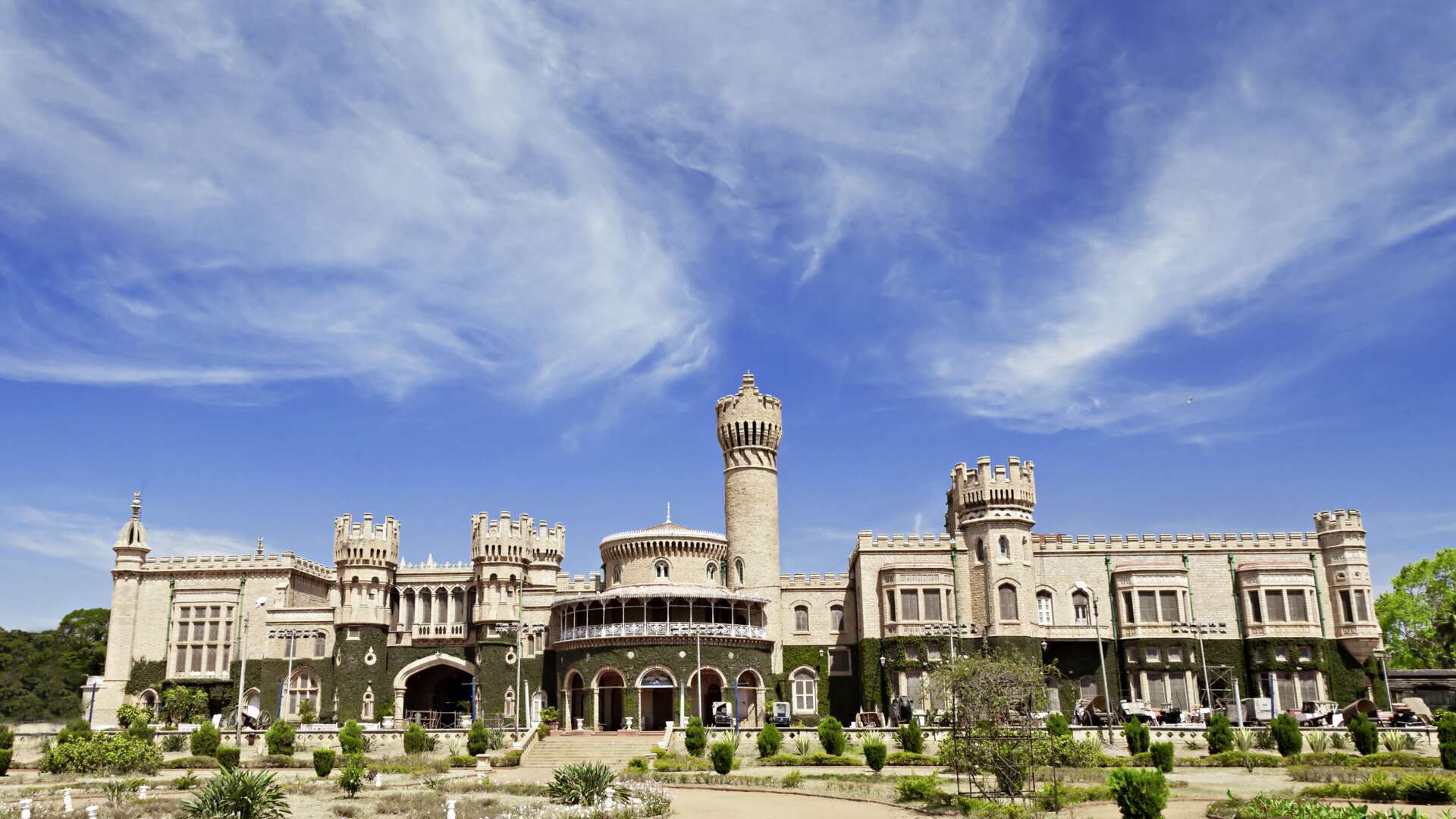
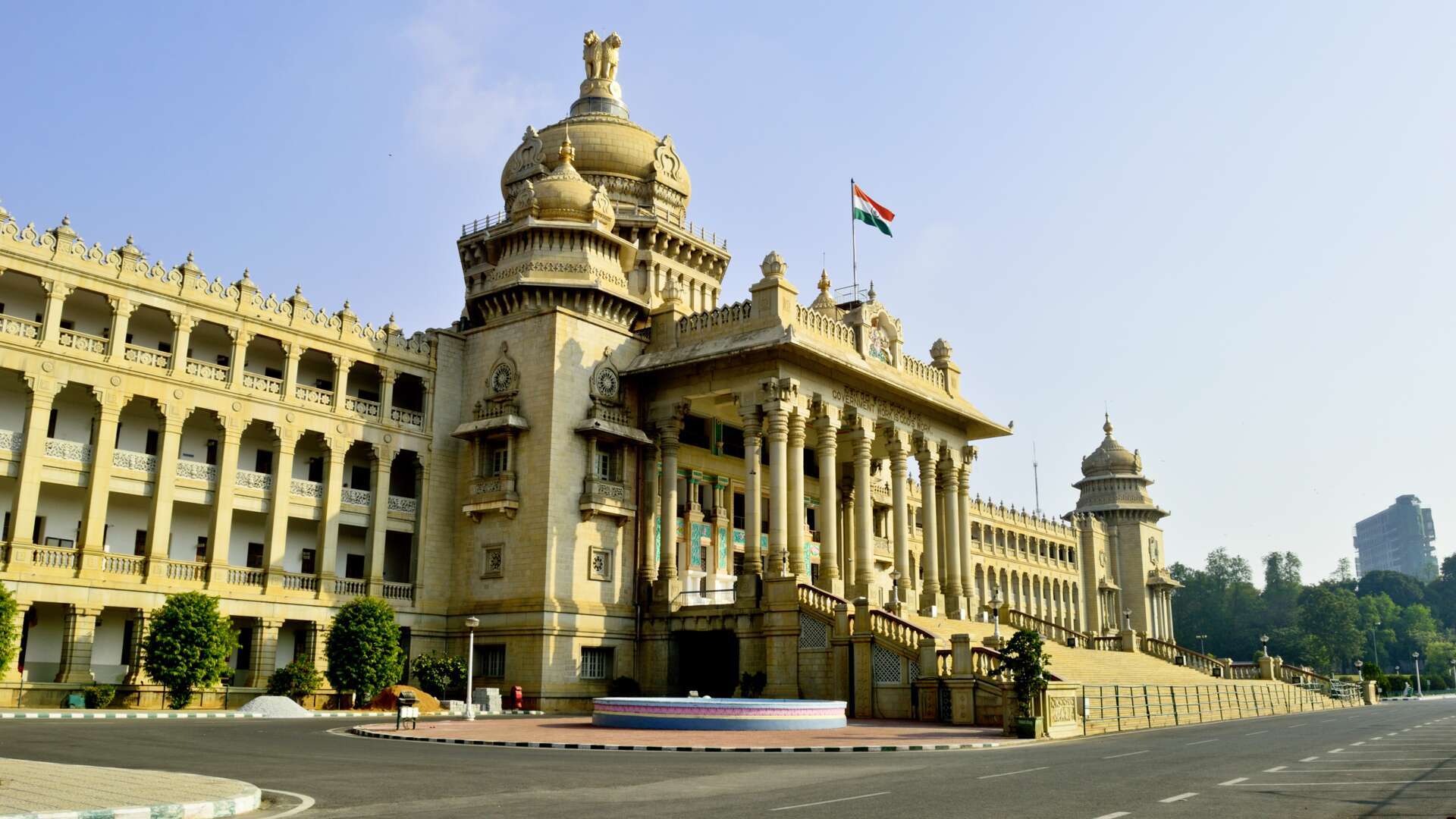
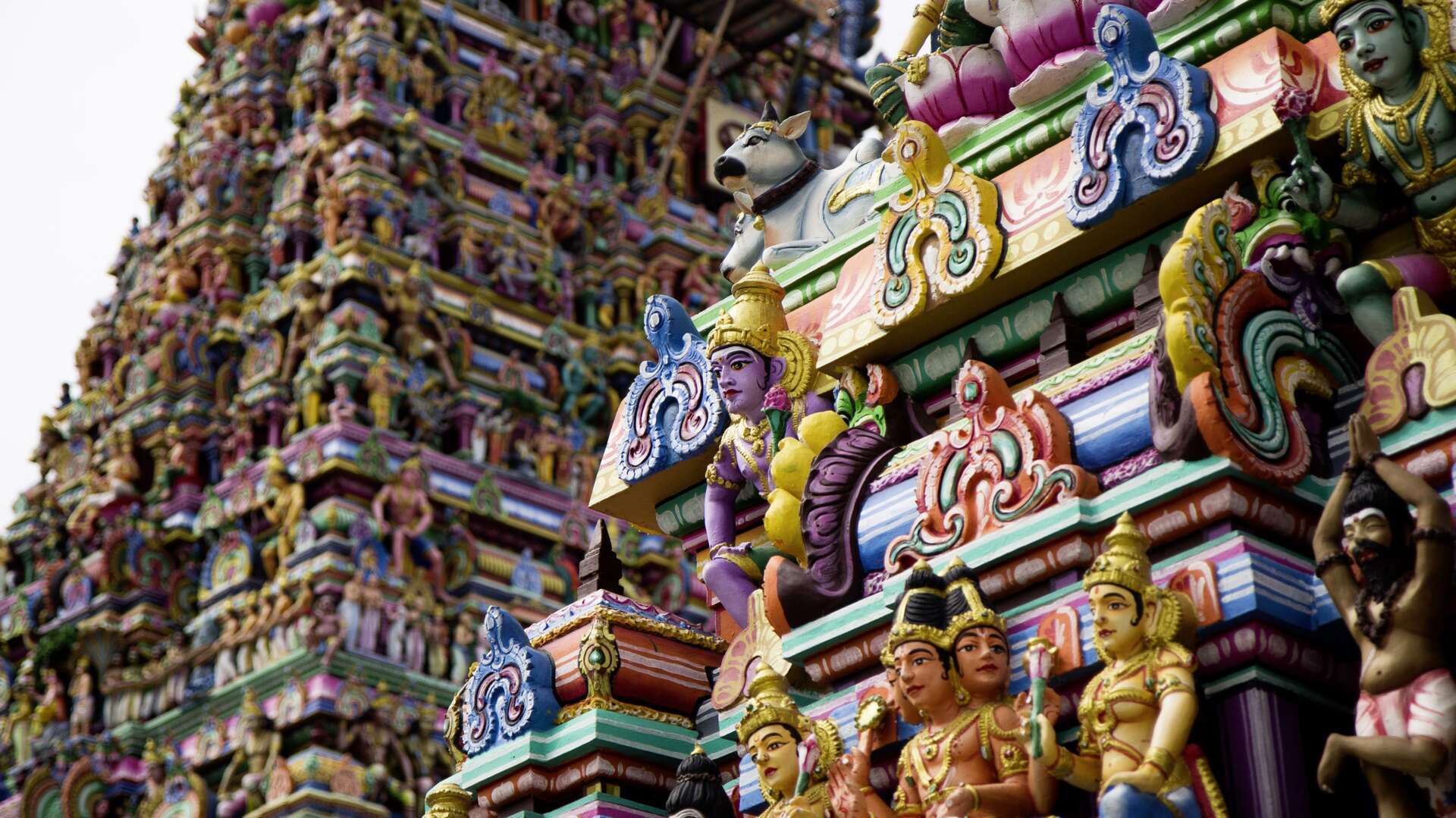
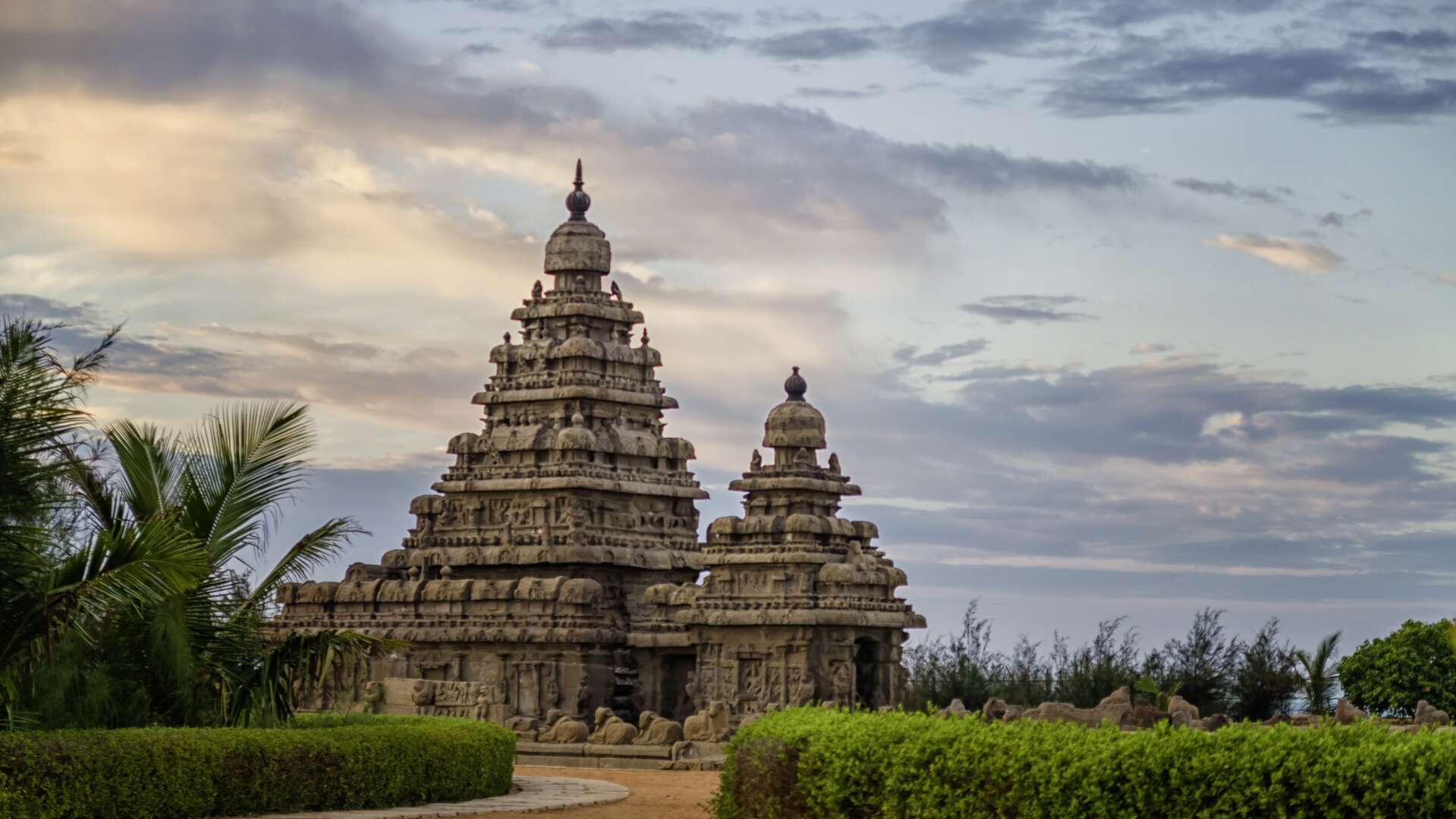
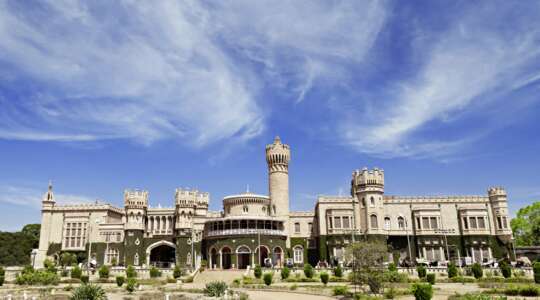
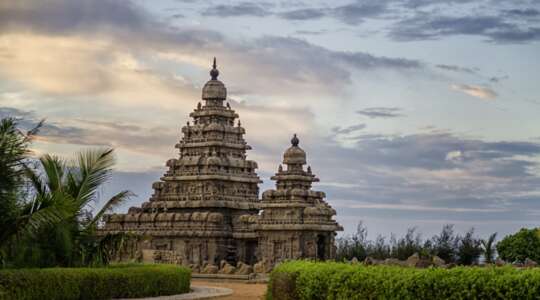
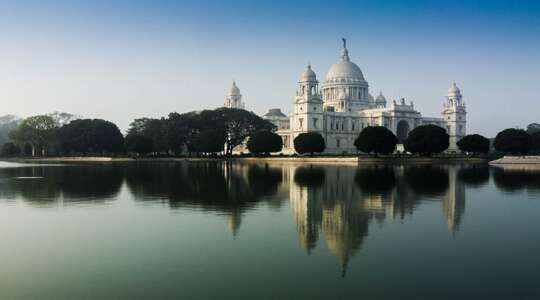
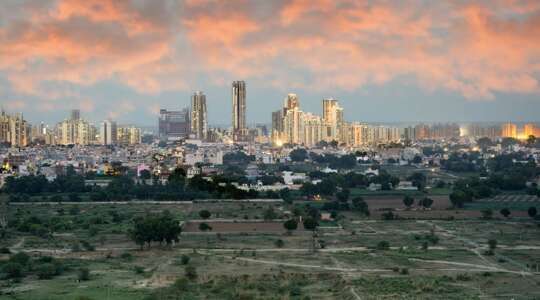

_w=24_h=25.webp?v=a392d311dd743e3625a1f57ba6fc3b967468f36c)
_w=24_h=25.webp?v=a392d311dd743e3625a1f57ba6fc3b967468f36c)
_w=24_h=25.webp?v=a392d311dd743e3625a1f57ba6fc3b967468f36c)